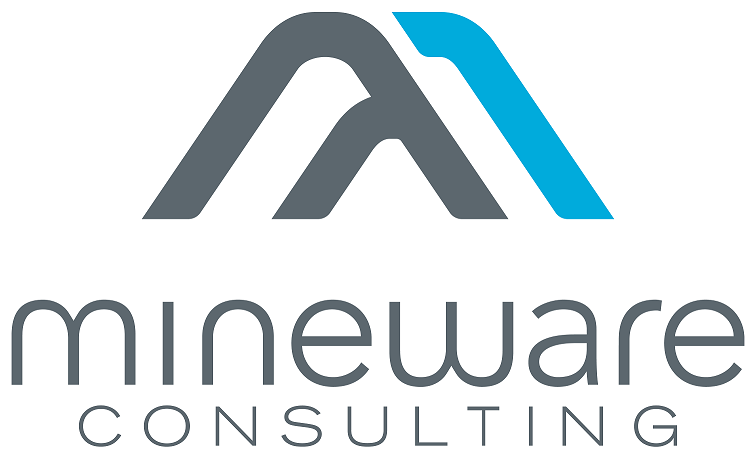The Role of Big Data and Analytics in Modern Mining

The mining industry is producing more data than ever: telemetry from fleets, sensor streams from processing plants, geospatial survey grids, inspection checklists, and compliance records. When effectively collected and analysed, this operational information becomes a decisive advantage – turning patchy hindsight into continuous foresight.
Big data and analytics are no longer experimental add-ons, they should be central to safer, more productive and more sustainable mining.
What we mean by “big data” in mining
In practice, big data in mining refers to high-volume, high-velocity and high-variety datasets generated across the value chain: equipment condition sensors, GPS and fleet telemetry, drill and blast logs, laboratory assay results, survey point clouds, environmental monitors and workforce safety inputs. Converting these streams into usable insight requires effective input pipelines, time-synchronised storage, and analytics engines that can deliver meaningful signals in real time. Industry leaders describe this setup as a combination of smart sensors (IoT), secure data transfer, cloud or on-site storage, and analytics tools that use machine learning for prediction and automation.
The enabling technologies
Three technology families power modern mining analytics:
- Sensor & IoT (SCADA) networks. Edge devices and industrial sensors capture condition and position data at the source, enabling continuous visibility rather than ad-hoc sampling. These networks reduce latency and support early detection of errors.
- Data platforms & cloud/edge processing. Centralised data lakes and edge computing allow mines to store, pre-process and secure large datasets while supporting near-real-time analytics in areas where connectivity is constrained. Edge computing is increasingly important for accurate decisions in remote operations.
- Advanced analytics & AI. Machine learning and statistical models enable predictive maintenance, anomaly detection, short-interval control, and scenario simulation (digital twins), turning raw measurements into recommended actions. Core benefits for operations
Applied well, big data and analytics deliver measurable outcomes across three areas:
- Operational reliability and uptime. Predictive maintenance models can substantially reduce unplanned downtime by identifying failing components before they break.
- Productivity and throughput. Real-time analytics support short-interval control, dynamic dispatch adjustments and haulage optimisation – protecting tonnes within the shift rather than discovering losses after the fact. McKinsey and others note that analytics adoption, when combined with change management, drives significant productivity gains in mining operations.
- Safety and compliance. Data correlation across safety, equipment and environmental streams enables faster, evidence-based interventions. Digital approaches reduce paperwork, shorten follow-up cycles and create auditable trails for regulators.
How Mineware helps mines convert data into decisions
Mineware Consulting’s Syncromine platform embodies the practical end of the analytics stack for mid-to-large operations. By replacing legacy data in silos, Syncromine integrates multiple operational domains so data flows directly from the field to the decision maker, as follows:
- Production management. Short-interval control dashboards, cycle-time and tonnage capture, and real-time variance alerts give supervisors the tools to act effectively within the shift.
- Planned maintenance & predictive readiness. Asset registers, scheduled servicing workflows and data feeds prepared for downstream analytics support proactive maintenance.
- Safety & risk model integration. Digitised task assessments and mapped risk triggers align safety checks with operational activity, ensuring safety is part of the same data loop as production.
- Ore accounting & traceability. From source to plant, traceability and variance tools help protect grade and financial reporting.
Syncromine’s value lies in turning isolated datasets – survey points, dispatch logs, safety forms and sensor streams – into a single operational truth so decisions are faster, less disputed and more auditable.
Adoption challenges and how to overcome them
While big data offers clear advantages, challenges remain. Many mines still face data quality issues, limited connectivity, and slow adoption. Overcoming these barriers requires a structured approach – one that combines strong governance, the right tools, and practical training for users on site.
Big data and analytics are not a nice to have – these days they are a pragmatic response to the mining industry’s twin pressures of scale and scrutiny. For mines seeking predictable tonnes, safer workplaces and auditable compliance, the path forward is clear: ensure instrumentation at the operation site, organise the data, and apply analytics with a strong governance and adoption plan.
Platforms such as Syncromine show how integrated software can weld operational domains together – making data an operational asset rather than an administrative burden.
If you’d like to explore a Demo or POC – Mineware Consulting can help design and run an outcome-focused programme for your mine.
Contact us at info@mineware.co.za or visit https://www.mineware.co.za/contact/.
